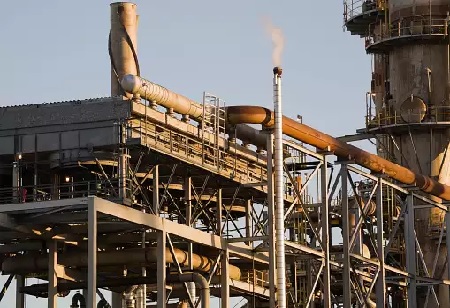
Oil and Natural Gas Corporation (ONGC) will have invested Rs 1 lakh crore. Investments will be made in low-carbon energy prospects, such as green hydrogen and renewable energy. A state-owned company that produces natural gas and crude oil announced in a statement that it has outlined a "roadmap to significantly expand its low-carbon energy portfolio."
"ONGC has aligned itself with India's aggressive objectives and is fully supporting the country's aim to curtail carbon emissions by 1 billion tonne and simultaneously reduce carbon intensity by 45% by 2030,". Over time, there have been significant emission reductions as a result of the adoption of various de-carbonization levers.
"The last five years have seen a 17% decrease in Scope-1 and Scope-2 emissions thanks to the integration of sustainable practises into core activities. In FY23 (the fiscal year that runs from April 2022 to March 2023), ONGC lowered its emissions by 2.66 percent.In a larger attempt to achieve net-zero for Scope-1 and Scope-2 emissions by 2038, ONGC wants to dramatically expand its investment on green projects to reduce its carbon footprint.
The biggest producer of gas and crude oil in India is also in advanced negotiations to work with key stakeholders in the energy sector on a number of low-carbon energy prospects, including renewable energy, green hydrogen, and green ammonia, among others. According to the statement, it also has plans to build two more O2C units in India.
The low-carbon and renewable energy industries. By the end of this decade, ONGC plans to invest over Rs 1 lakh crore in its several green initiatives, and it wants to increase the size of its renewable energy portfolio to 10 GW by 2030. In order to take advantage of numerous low-carbon energy options, such as renewable energy, green hydrogen, green ammonia, and other derivatives of green hydrogen, ONGC is also aggressively investigating partnerships with top players.
In order to reduce emissions from current processes, attention is also being paid to research and development in carbon capture, utilisation, and storage (CCUS) systems. Nevertheless, oil and gas E&P will continue to be the backbone of its energy sector. The key areas of focus continue to be extensive exploration in established basins and frontier plays, continued production from active fields, and exploitation of deep-water assets.
We use cookies to ensure you get the best experience on our website. Read more...